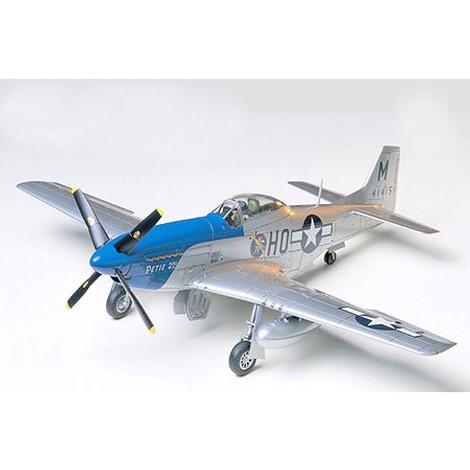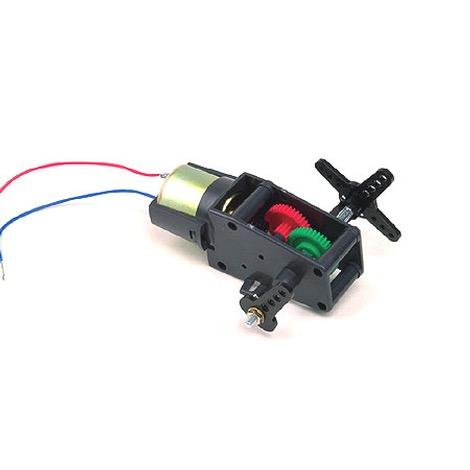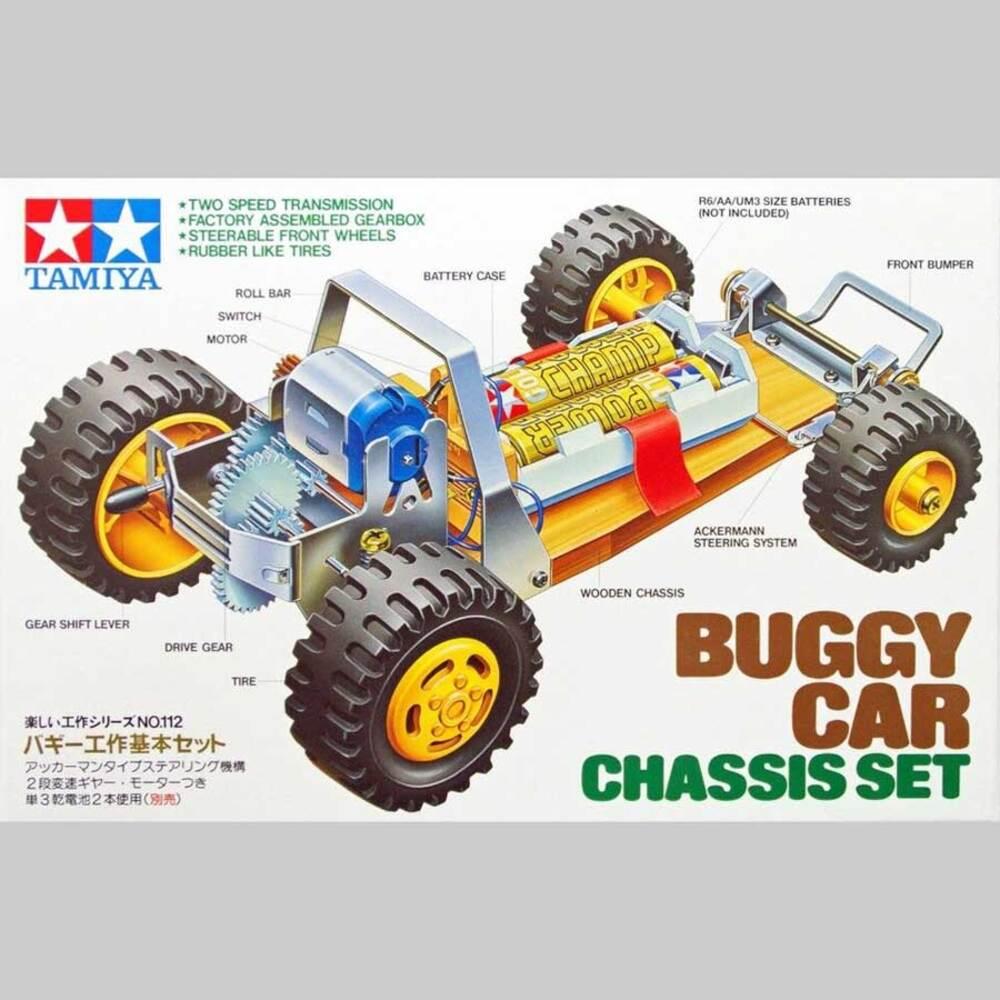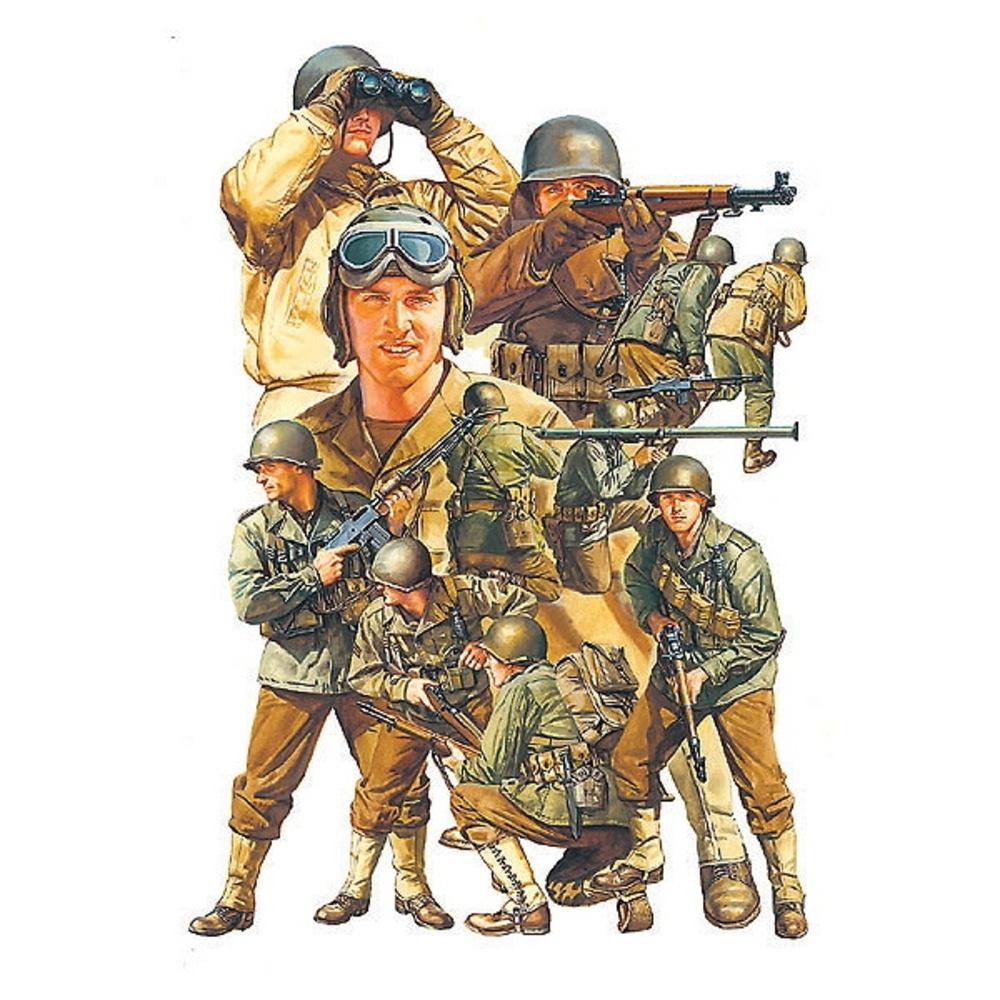Description
About the North American P-51D Mustang 8th AF
In April 1940, drawings were sketched in a New York City hotel room for a new fighter aircraft for the British purchasing Commission. This fighter, the North American NA73X, became one of the best fighter aircraft in the U.S. Army Air Force during World War II, and is known as the P-51 Mustang.
Of the several variations of this famous fighter, the P-51D is generally accepted as the definitive Mustang and was the first production version with the “Bubble” canopy. More “D” model Mustangs were built than all other Mustang variants combined, with a total of 9,603 coming off production lines. 45 squadrons of the famed U.S. 8th Airforce, stationed in England were equipped with the P-51D, which could now escort and protect the heavy bombers all the way to and from targets on the European continent.
There were several major changes that set the “D” apart form earlier Mustangs.One was the change from four .50 caliber machine guns to six, three in each wing. Another was to mount the guns upright which helped to eliminate a jamming tendency that occurred in the four gun system. Ammunition was increased to 400 rounds per inboard gun, and 270 rounds for each of the other four. Underwing pylons were strengthened to carry the 110 or 165 gallon auxiliary drop tanks or 1,000 lb bomb. P-51D Mustangs went to fight in the later Korean conflict and it last flew combat in 1956 in the deserts to the Middle East, when Israel used Spitfires, Messerschimitts and Mustangs together in the Mid East conflict.
FEATURES:
- Highly detailed 1/48th scale plastic kit for static display.
- Approximately 60 parts in medium grey and clear with fine recessed panel lines.
- Accurately captures features of P-51D: wings, armament, drop tanks.
- Multi-part canopy may be posed open or closed – two types included.
- Main wheels have separate hubs for easy painting.
- Highly detailed cockpit with accurate instrument panel, seat, control stick and rudder pedals, bulkheads, and sculpted pilot figure.
- 2 styles of exhaust stubs, optional position flaps.
- Detailed pictorial instructions.
MARKING OPTIONS: Decals are printed on 2 sheets – one sheet contains national markings and invasion stripes, other sheet has individual aircraft markings.Four aircraft:
- 352nd FG 487th FS Lt Col John C. Mayer “Petie 2nd”. Fuselage: Natural metal w/ blue nose and spinner Wings: Silver Dope.
- 357th FG 362nd FS Leonard K Carson “Nooky Booky IV”. Fuselage: Natural metal w/ Olive Drab anti-glare panel and red and orange checked nose Wings: Silver Dope Spinner: red w/orange stripe.
- 361st FG 357th FS Thomas J Christian “Lou IV”. Fuselage: Natural metal w/ areas of Olive drab camoflage Wing Top: Olive Drab Wing Bottom: Natural metal Nose and Spinner: Yellow.
- 361st FG 375th FS Urban L Drew. Same as C: but area of yellow on nose is smaller.
Additional Paints Required:Colors are all flat except where indicated.
Detail colors:Interior Green, Black, Silver, Yellow, Red, Blue, Khaki, Tan, Buff, Gloss Red, Semi-gloss Black, Flesh, Green, Brown, and Gloss Blue.
REQUIREMENTS:
- Hobby Knife
- Paint:(see MARKING OPTIONS)
- Brushes
- Sandpaper
- Cement for plastics
- Nice-to-have tools: Needle File Set, Sprue Cutter, Airbrush and Accessories
COMMENTS: Marking option C is for an early P-51D without the vertical stabilizer leading edge fillet. This is depicted on the box art but the instructions do not mention that the fillet must be removed to accurately depict this aircraft.
Used with permission, copyright 2016 Tamiya America, Inc. & Tower Hobbies, Inc. Copyright 2016 Brey Corp. t/a Hobby Works.






Reviews
There are no reviews yet.